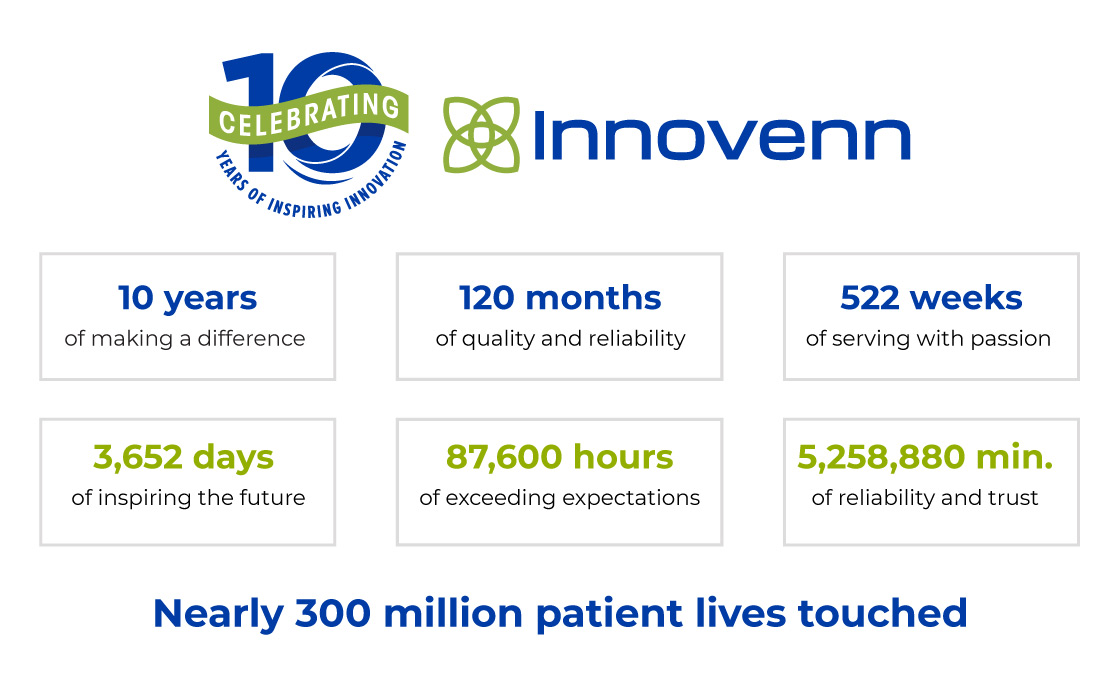The highest standards must be maintained during medical device research, development, manufacturing, and testing to ensure optimal patient care and assistance. This goal of patient care is governed by quality standards which can be implemented with a robust quality management system (QMS).




